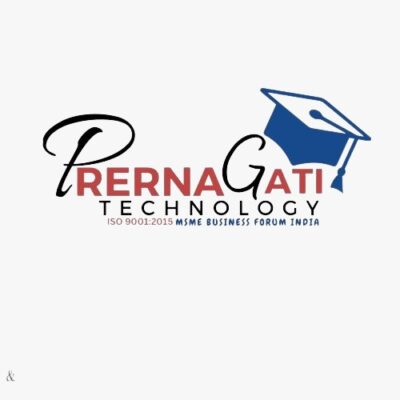In today’s highly competitive environment, taking two steps ahead is very important, in development or learning new skills. One such skill that can take your career to new heights is CNC programming.

In today’s highly competitive environment, taking two steps ahead is very important, in development or learning new skills. One such skill that can take your career to new heights is CNC programming. The computerized numerical control (CNC) programming course, offers you an opportunity to master this cutting-edge technology, opening doors to a wide range of job opportunities.
Here we will discuss all the benefits of enrolling or registering yourself in a CNC programming course near you in Chandigarh, how & what you will learn from the training, career growth, and why pG-Tech Private Limited is the best CNC training provider in Chandigarh.
Why Choose A CNC Programming Course?
Comprehensive CNC Course Certification:
CNC Training Course Full Syllabus:
Established in March, 2019 by Harita Sharma, Pg Tech Pvt. Ltd. is all about serving the best of its products to the aspirants. This initiative was taken by the founders for giving top quality training and development to young, freshers candidates.
This company deals in providing Technical Training in the form of simple Software Courses to candidates those who are willing to learn a web design and development courses and add skill to there inventory of experience.
Today we are leading training company in Chandigarh for digital and technical skills. Our team works with one goal in their mind that every student gets success in their life, and can get a job so that they can stand out from the un-employed crowd. Our professional, experienced trainers are dedicated to helping you reach your career goals.
Whether you want to learn digital marketing, python with machine learning, data science, artificial intelligence, AutoCAD 2D/3D, Catia, Revit, full stack development, or any other technical field skill, we have the right course for you. We offer practical, interactive, and industry-related courses.
After learning you will work on the real project so that you can analyze what you have learned and what part is weak & case studies will be used to teach you, and you will gain practical experience with the newest tools and technology.
We designed Our courses in such a manner so that They could be perfect for both beginners and professionals looking to improve their skills and knowledge. We also provide job guidance after the course completion, to help you prepare for interviews and land your dream job.
At PG-Tech Pvt Ltd, we believe that learning never ends it is a lifelong journey, and we are here to support you every step of the way. Join us today and discover the difference that PG-Tech can make in your career.
© 2025 coursetakers.com All Rights Reserved. Terms and Conditions of use | Privacy Policy